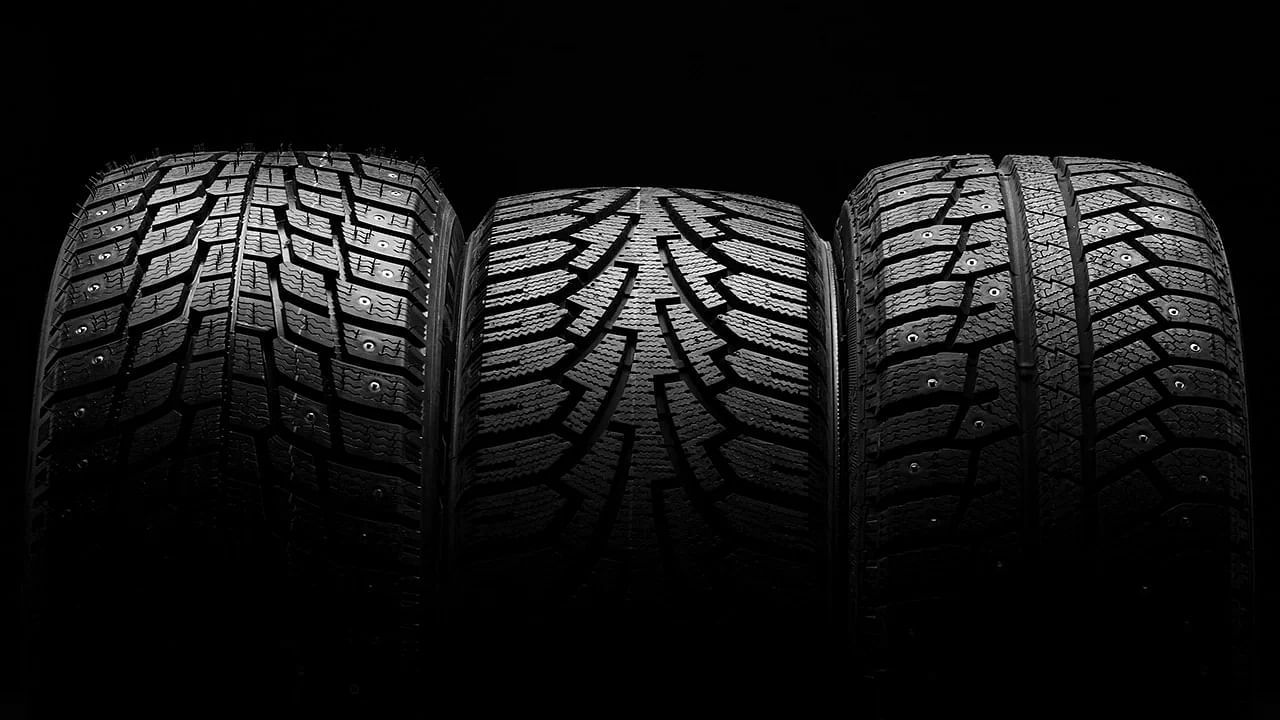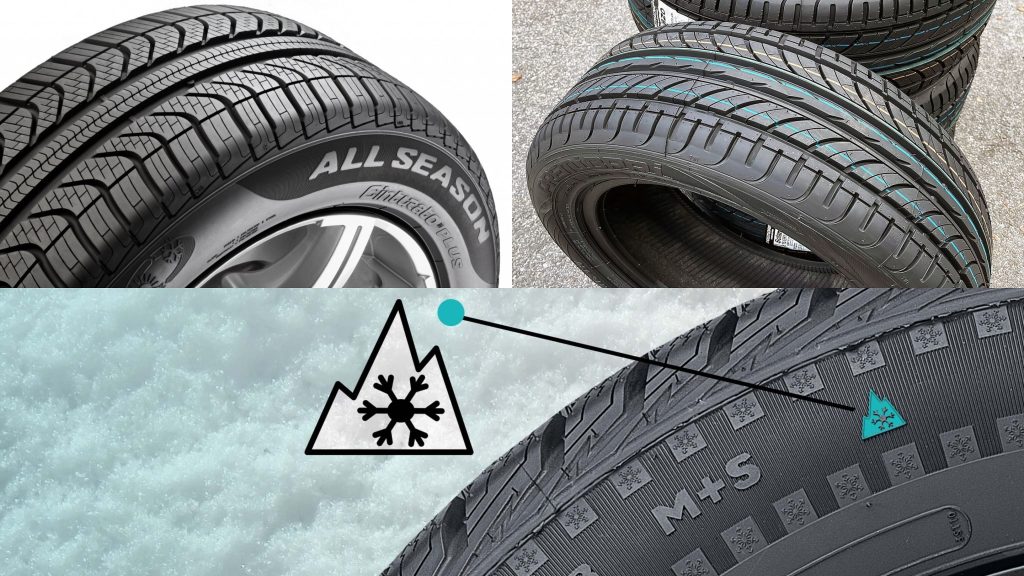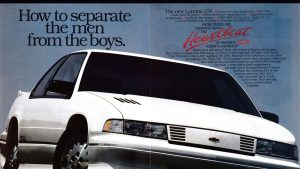
We frequently overlook tires while purchasing an automobile. Choosing the ideal tires for your vehicle can be challenging. There is a spectrum of functionality within each classification of automobile tires. Tires need to be able to withstand a wide range of weather conditions, including snow, rain, and extreme heat.
To ensure your safety, consider how these issues matter tire durability. Varied utilization conditions and weather patterns necessitate different tire qualities, too. Today we’ll talk about the essential variations between tire types and which one is best for you and your vehicle.
Selecting the Right Tires for Various Weather Conditions
The perfect clothing for the right occasion and climate is just as necessary as the right tire for the car. There are three basic methods for selecting tires depending on the weather. Each driver has unique circumstances, a unique route, and a unique way of using a car.

Here is a handbook to aid you in comprehending the many types of tires because they are important and play a significant role in your daily driving.
Summer tires
While many summer tires are also three-season tires, they can be used for traveling from spring through autumn as long as the outside temperature is at least 45 degrees Fahrenheit. Performance cars and premium sedans like Audi A6 generally come in ZR-, W-, and Y-speed classifications. On average, summer tires offer the best deceleration and handling performance in both dry and rainy environments. Nevertheless, summer tires generally do not have enough traction in cold climates, regardless of whether there is snow or ice on the roadways.
All-year tires or All-season tires
All-season tires are now standard on the majority of cars and trucks. They are made to offer good all-around performance all season long and in all types of weather. Despite being criticized by drivers, they don’t have serious flaws. Simply put, they are a balance in terms of performance, convenience, agility, and efficiency. Since they lose control below 7°C, these are mostly operated on surfaces exceeding that temperature. A perfect example of a weathered car is Subaru Ascent which uses All-season tires.
Winter tires
Winter tires are made to perform well in cooler temperatures. But once it starts to warm, they don’t manage or perform as effectively as all-season or summer tires. Winter tires should be used if the temperature decreases to or below 45 degrees Fahrenheit. Winter tires have a deep groove layout and a grid of sipes, which are incredibly thin incisions across the tread. The peak and snowflake insignia that is shown on the side of the tire makes snow tires easy to spot. Modern winter tires may have significantly taller dimensions and distinctive tread layouts like the tires in Volvo XC40.
Picking the Ideal Tires for Different Road Conditions
For diverse types of roads, different tire types are needed. Automobile makers must guarantee the tire’s effectiveness on different types of roads and its comfort. Whether it is for a city or a racetrack, every tire has different specifications. Individuals are conscious of their contribution to grip, but most undervalued it and fail to consider its influence on other factors.
City tires
All-season tires were suitable for usage throughout the majority of the season in various locations. These are taken into consideration for city roadways since they are season-appropriate. Because the tires are designed to withstand little snowfall, or rain drivers could use these year-round throughout most climates. The tires’ rubbers are made to maintain flexibility and pliability even in conditions of close freezing conditions. The best example of a car that generally has city tires is a sedan like the Hyundai Elantra.
Mud tires
Mud terrain tires have blocks that are more apart. With this capability, the tire can get an additional grip in slippery conditions like thick mud and sand. Mud-terrain tires are typically noisier and less pleasurable to drive on than less extreme tire options. Mud-terrain tires’ best advantage is that their tread design causes them to self-clean. However, the ride will be difficult because the mud types of terrain will submerge into the snow.
Highway tires
All-season or summer tires are options for highway tires, which is a crucial factor. The all-season variants will keep performing admirably in moderate weather while the summer version won’t offer any usable efficiency in snow conditions. Highway tires provide a better level of grip and stability because they are made exclusively for cemented roadways. The huge loads carried by trucks and SUVs are handled by tires designed for highway use. For a long ride, the best example of a car with highway tires is Honda Ridgeline.
Racing Track tires
Racing track tires are renowned for requiring the greatest level of traction out of each tire for driving and deceleration. In dry weather, road friction is maintained continuously using racetrack tires. To make things clearer, racing tires are often tubeless tires that sit within the primary tire. The tires are put up in this way to ensure that they will function in an eventuality. For various track events, racing tires are, nevertheless, constructed and developed separately. Particularly, tires produced for oval tracks significantly vary from those made for improvisation circuits or drag racing. The basic example of a car when it comes to racing tires is Formula 1.
All-Terrain tires
Compared to highway or track tires, all-terrain tires often have a more abrasive tread layout. These can travel almost any place that an SUV or 4×4 can. As for the construction, it has a much wider tread layout, a little more aggressive, and a sturdier sidewall. All-Terrain often refers to usage that is 60% on roads and 40% off. These all-terrain tires are M+S certified, meaning they function well in mud and snow. The majority of all-terrain tires are made to fit pickup trucks, off-road SUVs, and vans. For example, Jeep Wrangler uses All-Terrain tires
Conclusion
Tires play an important role in a car. Therefore, selecting the right tire is not a difficult task. However, a driver’s responsibility is to prioritize the tire. You must keep in mind that the diameter of the tire is important while selecting the right one. If you want to increase your vehicle’s traction. A tire’s width affects how much contact area it occupies on the roadway. For safety and performance improvement, we advise changing your tires every three years. Try to choose the identical manufacturer and size when replacing your tires.







